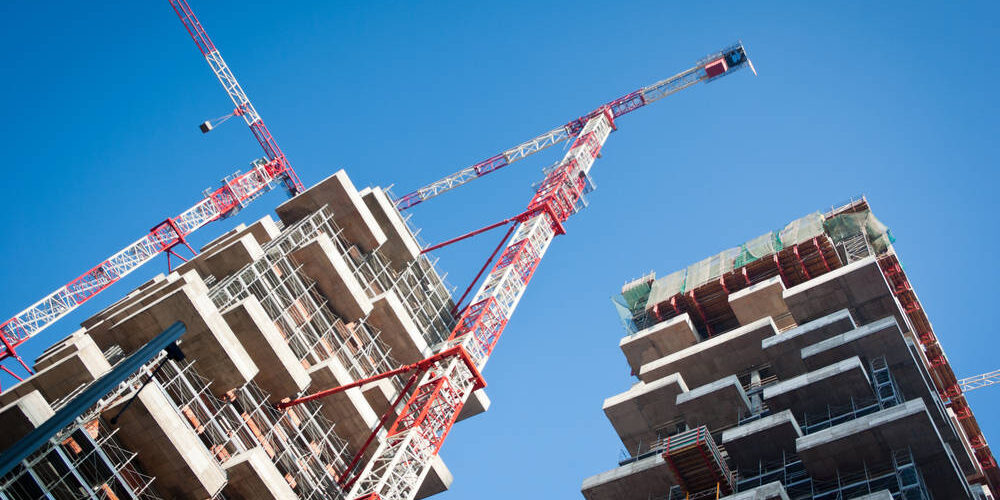Soil can become contaminated by a variety of substances, but heavy metals are one of the more common types of soil contamination. Heavy metals are a group of naturally occurring metallic minerals including lead, arsenic, selenium, nickel, cadmium, copper, mercury, zinc, manganese, and chromium.
Cleaning-Up Heavy Metal Contamination
Heavy metal contamination can happen due to some types of manufacturing processes, mining, as well as the use of products such as paints, pesticides, industrial effluent, and waste water sludge. These metal contaminants can also be present naturally in soils, although it is unusual for natural sources to reach toxic levels.
Heavy metals are dangerous because most do not breakdown naturally in soil or water. Selenium and mercury are the only exceptions, as these metals can be processed by microorganisms. All other heavy metals accumulate and remain until a remediation process is completed at the site.
Heavy metals can be absorbed by plants and animals through the food chain and also through the air-borne dust. Once they enter the body, they cannot be removed. Heavy metals cause serious health problems, including neurological damage. Children are especially vulnerable to the health consequences of heavy metal poisoning.
The best method of removing heavy metals from a site depends entirely on the type of metal present. What works for lowering one type of metal can make the contamination worse for another type of metal.
When a site is polluted with heavy metals, it is vital to hire a company with extensive expertise in this type of toxic remediation. Harbor Environmental is just such a company, specializing in all types of environmental remediation work.
If you are concerned about heavy metal contamination at your site, contact Harbor Environmental for an expert consultation and information on the most effective and cost-effective solutions.




